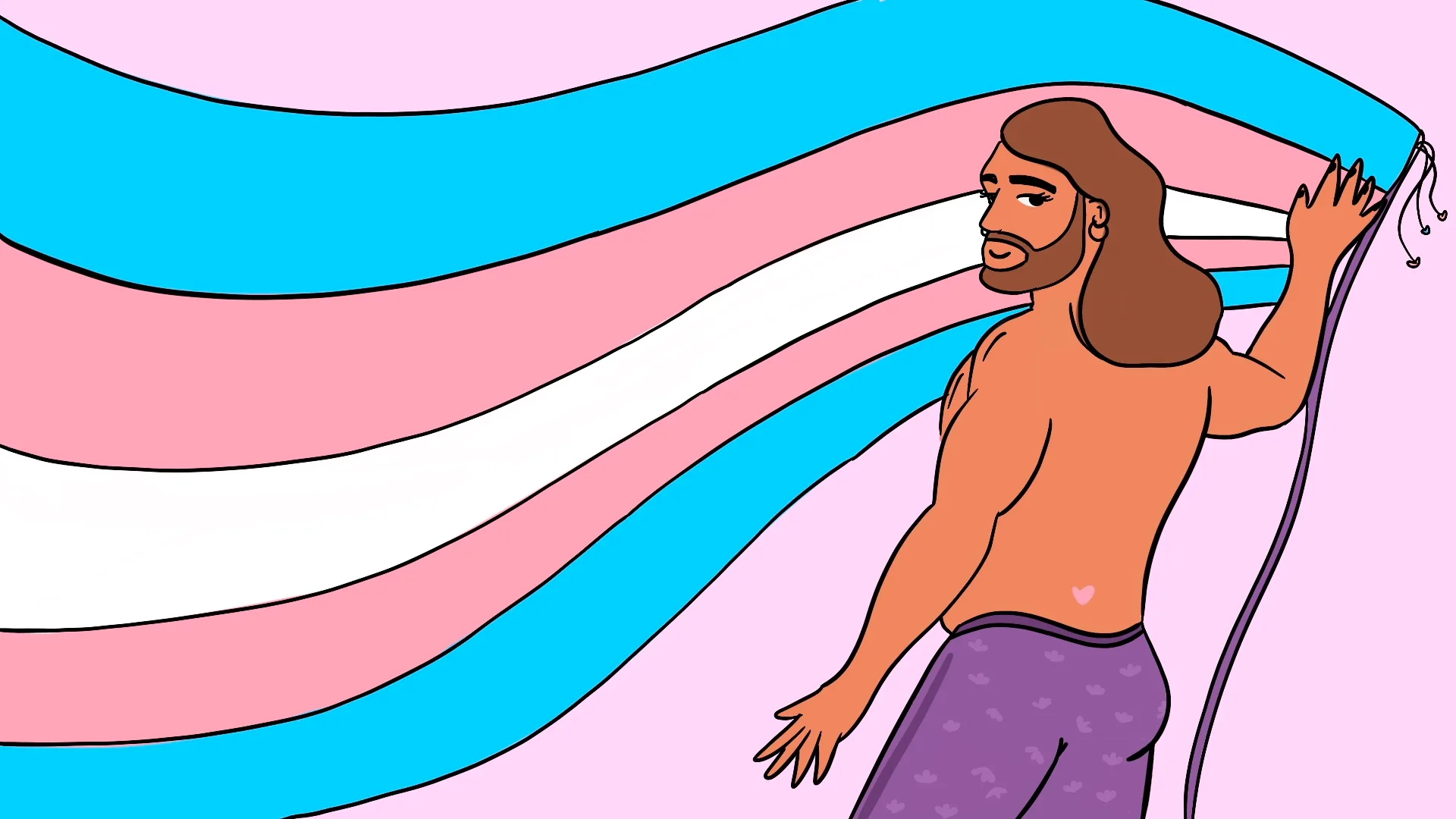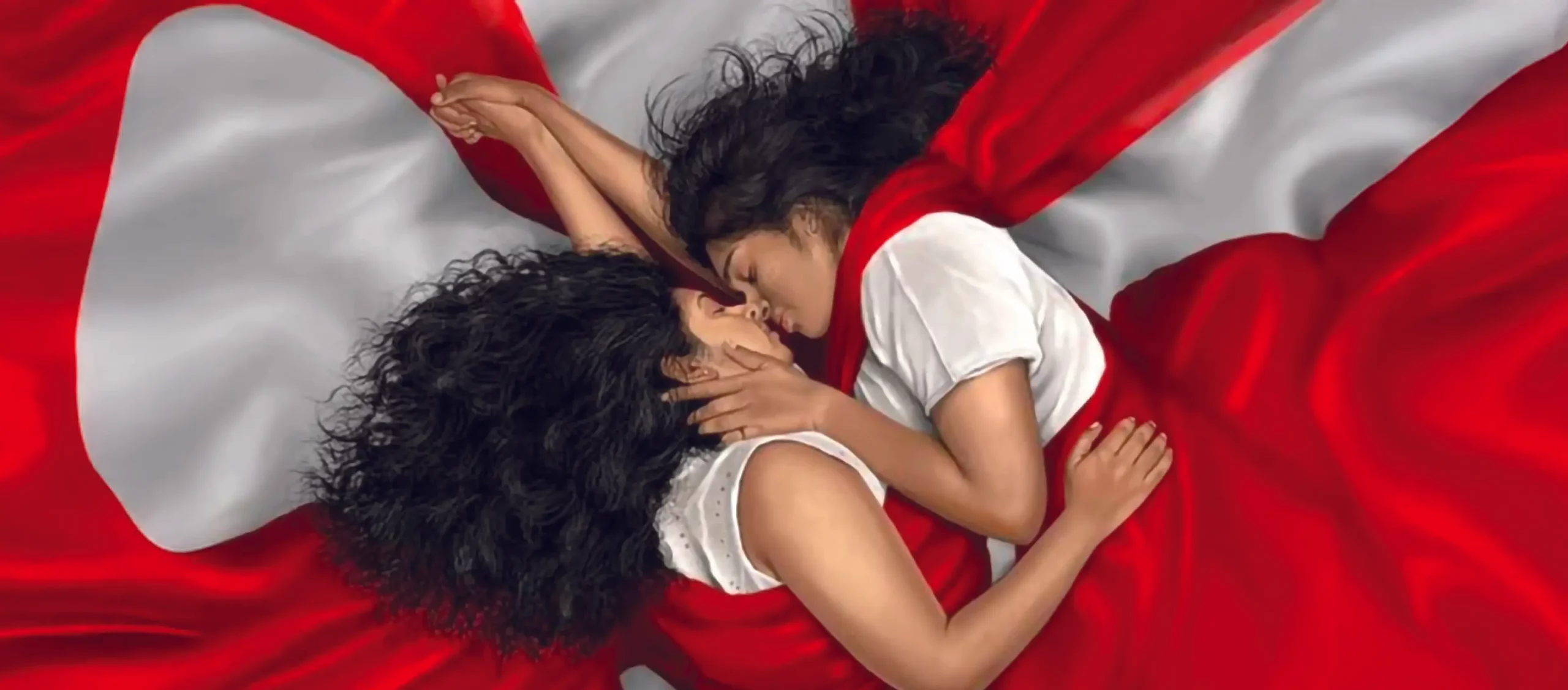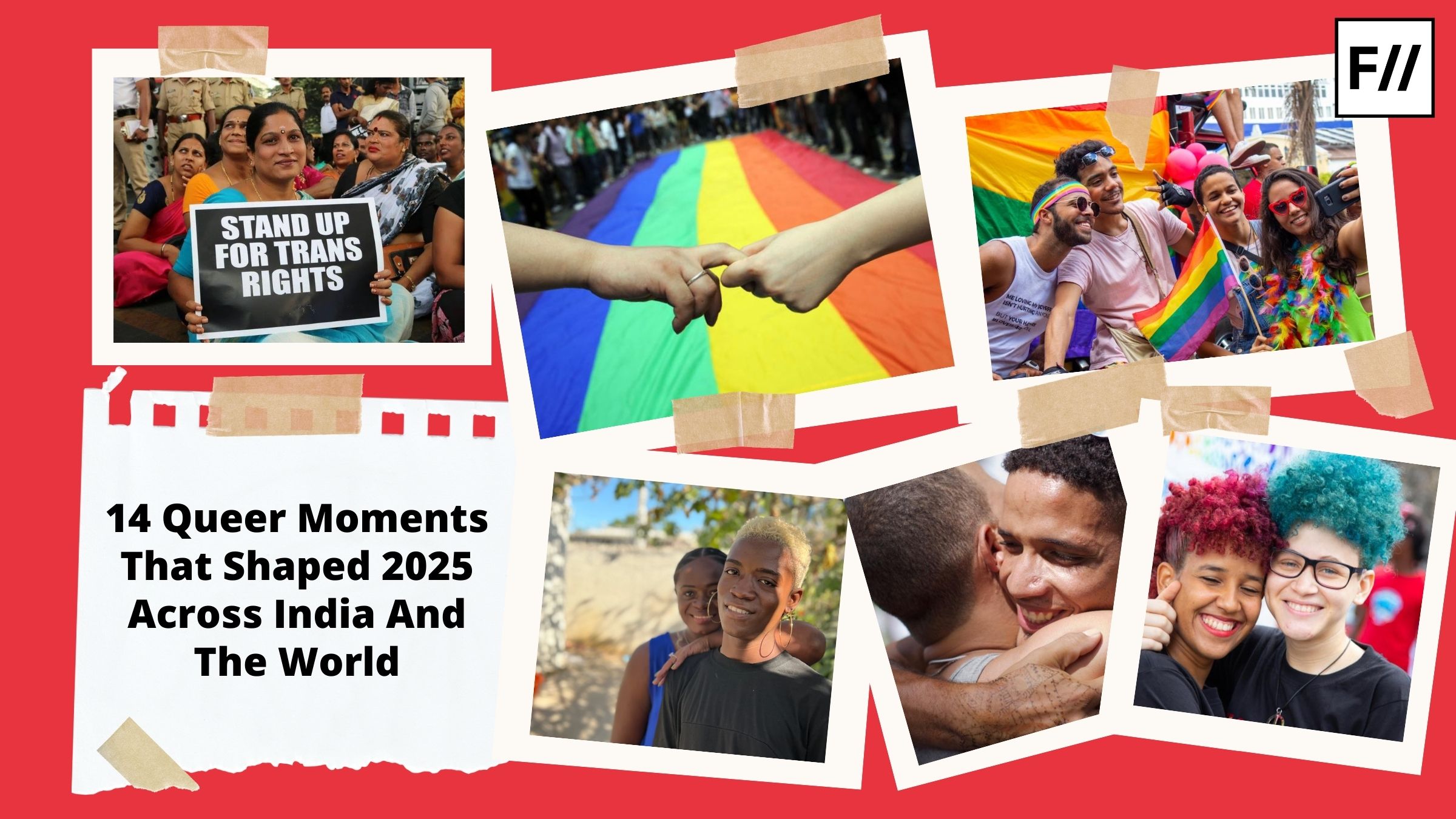Having your existence questioned almost everyday, going through bureaucratic stressors regularly, to affirm your identity, until one day, you wake up to realise that you have been marginalised, pushed to the periphery, yet again; you realise that their politics was never about you.
Entangled among legal terminologies, the “clarity” sought by campaigners in Scotland, was more about exclusion rather than protecting the “rights” of a group of people. The ruling by the Supreme Court of the United Kingdom, delineated that the term “woman” under the Equality Act of 2010 refers to “biological woman” on the basis of their “biological sex”. According to Lord Patrick Hodge, provisions relating to sex discrimination, can only be read as being referred to the biological sex, or sex assigned at birth.
Colonising the other
Up until a few months ago, accusations had surfaced against the Algerian boxer, Imane Khelif, who had faced claims of impersonating a woman, which led her to clutch a gold medal at the Olympics. Any person who does not fit into the accepted standards of femininity, are put to trial (often by media and netizens) and their bodies, dissected by the gaze governed by imperial ideologies.
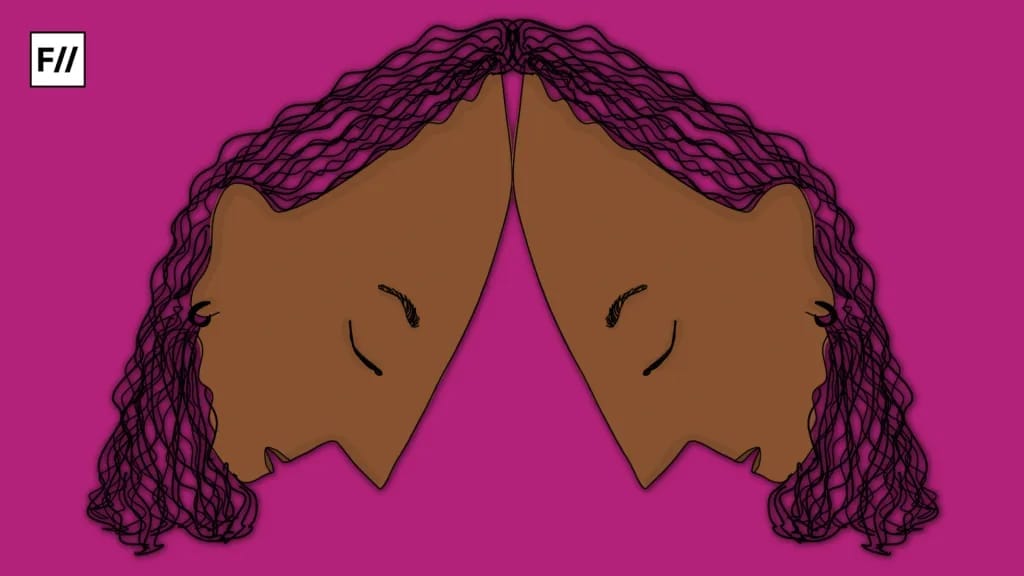
Colonial exigencies, around the world, pushed their tenets of femininity upon colonised territories, who have had a history of acknowledging gender-diverse individuals and their cultural and social existence. European colonisers, in the United States, enforced the binary gender division, de-humanising the Third Gender people who were documented to have been a part of 150-native American Tribes, while the Criminal Tribes Act of 1871 persecuted and policed the Hijras in India.
The emergence of anti-trans rhetoric is a relic of Western colonialism that has imbued an anti-trans ideology, making it a global phenomenon. The hegemonic white male has tried to put notions of femininity into a straitjacket of biological determinism in an attempt to make the population homogenous, distancing people from their indigeneity, concocting a technique to erase and invisibilise the “other“.
The likes of J.K. Rowling, and other friends of the “cistem” have called upon radical measures to protect the category of “women”, excluding trans-women. Her violent call for action and joyous celebration at the exclusionary ruling, brings forth the central themes of bourgeois feminism, that was called upon by the eighteenth and early nineteenth century advocates.
As stated by Vek Lewis, a trans person and senior lecturer, at the University of Sydney, anti-trans laws are being fuelled by algorithms that propagate ‘fictive spectres of some transgender menace‘.
These women were trying to contain the genders of oriental “others” since it had the ability to be a challenge towards the cistem’s racial order that would bring forth their political emancipation. As stated by Vek Lewis, a trans person and senior lecturer, at the University of Sydney, anti-trans laws are being fuelled by algorithms that propagate ‘fictive spectres of some transgender menace‘.
Trans people and the public space
Charlie Kirk, a conservative and Trump-supporter has been doing rounds on social media for posing the question, “what is a woman?” to college and university students, surrounded by many who cherish his “confident” biological determinism since he seems to recognise women based off of their chromosomes.

Judith Butler, on encountering a similar question, spoke of feminism as the call to disengage the presuppositions that were attached to the category of “women”. In essence, feminism has always questioned the categorial definition of “being a woman”, and what they can and can’t do. The category, thus, remains open and feminism has refused to provide a “static” answer.
Emerging visuals of celebration since the ruling, have had masculine presenting women commemorating the ruling; while dismissing trans women, in the same breath. It was feminism that gave women the freedom to wear “pants” which, otherwise, religious zealots intend to make it menswear, citing biblical rationale.
This shows how there has been a selective championing of rights; one that does not disrupt White supremacy. It is time people realise that once accepted notions of femininity and womanhood are restrained, they will come for masculinity and manhood, as well. As it is, trans men are assaulted in public spaces (rape being a frequently used form of violence), essentially reducing them to their biological sex, and reminded that they do not have the right to act like men, as stated by Namaste in their work titled, ‘Genderbashing: Sexuality, Gender, and the Regulation of Public Space‘.
What seems to bring “clarity” to For Women Scotland, the group that appealed to the Supreme Court of the United Kingdom, when they felt dissatisfied by the government of Scotland’s inclusion of trans women when they decided to make up their legislature consisting 50% women, ring up confusion for others. Women, who are at a disadvantage themselves, should realise the plight of other marginalised groups and be empathetic towards them, rather than devising loopholes to foster exclusionary ideas.
Women, who are at a disadvantage themselves, should realise the plight of other marginalised groups and be empathetic towards them, rather than devising loopholes to foster exclusionary ideas.
Their argument revolved around the access to single-sexed spaces which brings us to the question if trans men should be allowed to use women’s washrooms. Social situations are generally not “sexually-coded” and hence, the question of identifying a person with their genitals, is beyond question (because they are hidden). Thus, if sex (read: genitals) becomes a marker of identification, will there be an intimate probe into a person’s anatomy?
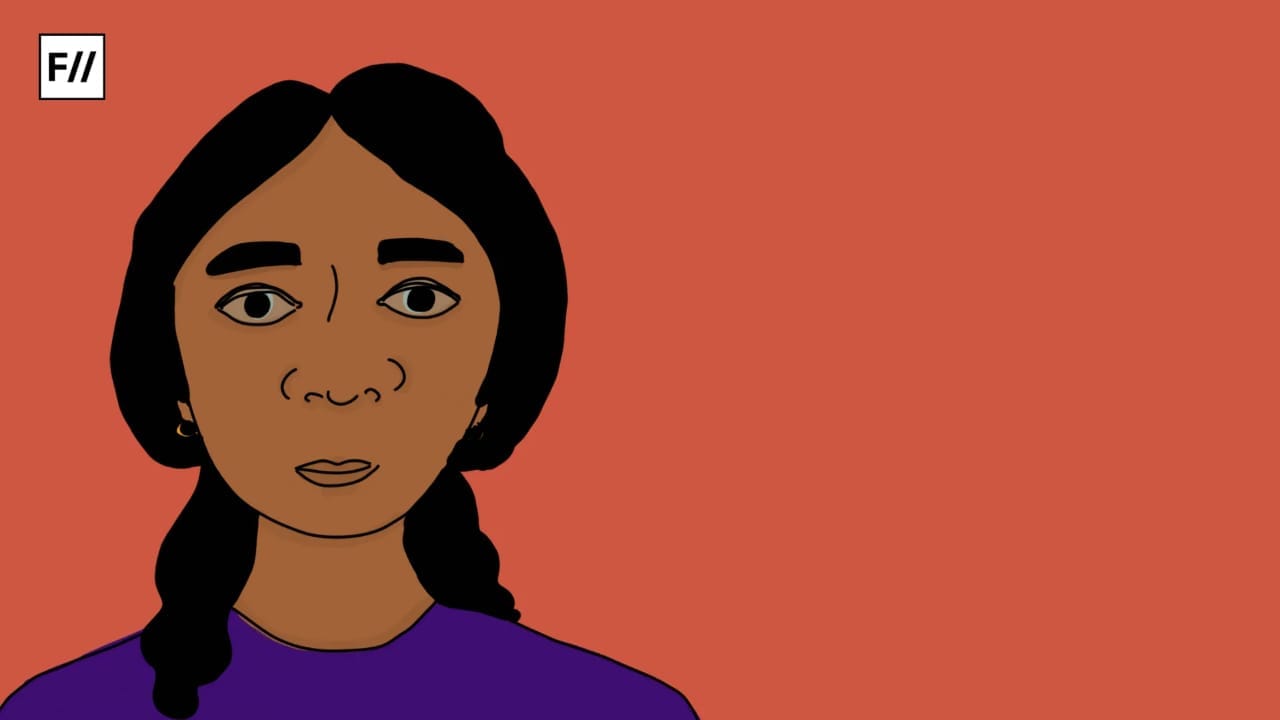
Ethnographic research suggested how “passing” for trans men is comparatively easier than trans women who had to almost always take hormones to “pass” successfully. This systematically excludes trans women from accessing public spaces that are sexed, and puts trans men at a risk of violent interactions, scrutiny and surveillance that are uncalled for.
As the world loses its grasp of progressiveness, more and more people are beginning to realise that politics of “the land of the free” affect other nations and the marginalised. Activists have been referring to the ruling as an extension of America that Donald Trump wants to create. In the United Kingdom, transgendered people have to mediate through a lot of bureaucratic measures to acquire a Gender Recognition Certificate (GRC) that affirm their gender.
Despite the certificate, trans women will not be allowed to utilise single-sexed spaces, which brings us to question the utility of a GRC if individuals will still be referred as their “biological sex”. The Supreme Court has not only let down trans people with its reading of the law but also intersex people, or people with ambiguous genitalia. This reading of a law has exempted 1-2% of the population from any sort of consideration and has left no place for people with ambiguous genitalia.
This reading of a law has exempted 1-2% of the population from any sort of consideration and has left no place for people with ambiguous genitalia.
If biology were to be reified, Anne Fausto-Sterling has shown that male-female gradation lies on a spectrum and the human body has a possibility of housing five or more sexes.
The rise of right-wing conservatism has not only gripped certain countries with fallacious economic measures but also has done strides to induce gender-criticality and anti-trans rhetoric. Unless enshrined in the constitution, governments can amend laws whimsically, throwing marginalised people under the bus. The court, since, has advised the individuals to champion for “unisex” space to accommodate the gender-diverse. Without making provisions for “unisex” spaces, in addition to single-sexed ones, the court has instructed that the onus lay on the people to advocate for such causes.
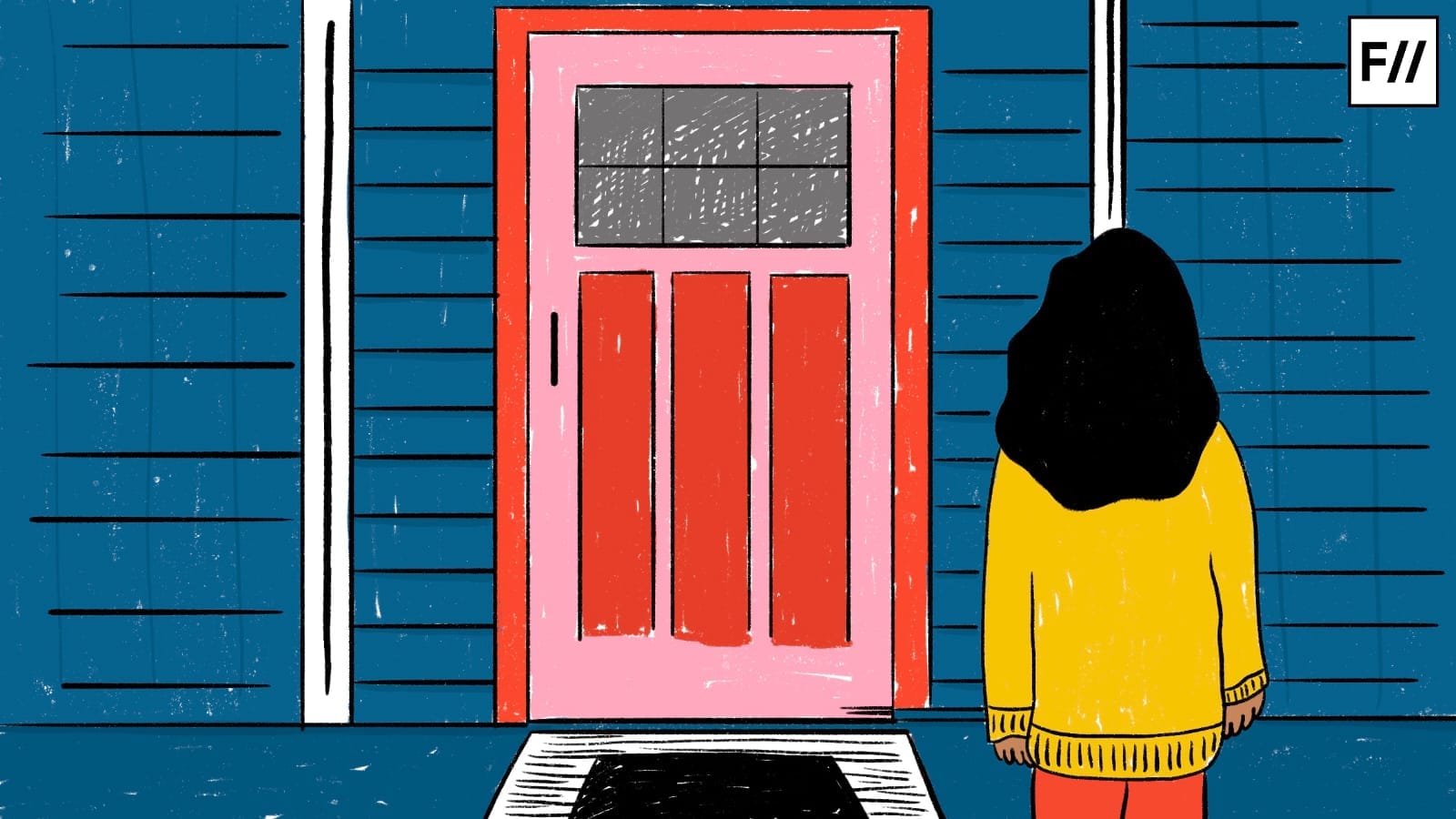
While unisex spaces are welcomed, the details are murky. As reported by the BBC, organisations will have to look into their inventory to look for the availability of space and monetary support to include “unisex” spaces into their premises. Till then, who knows?
